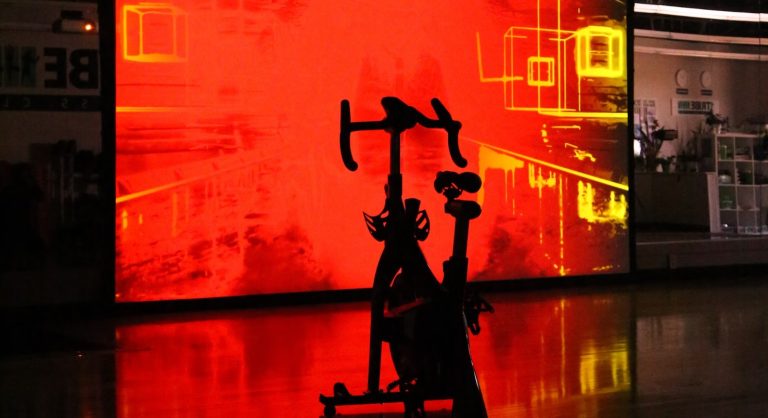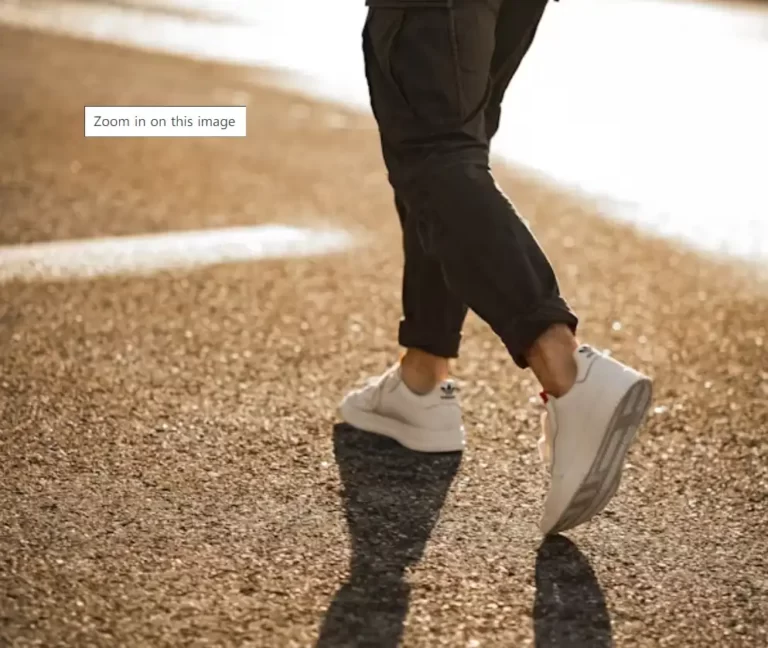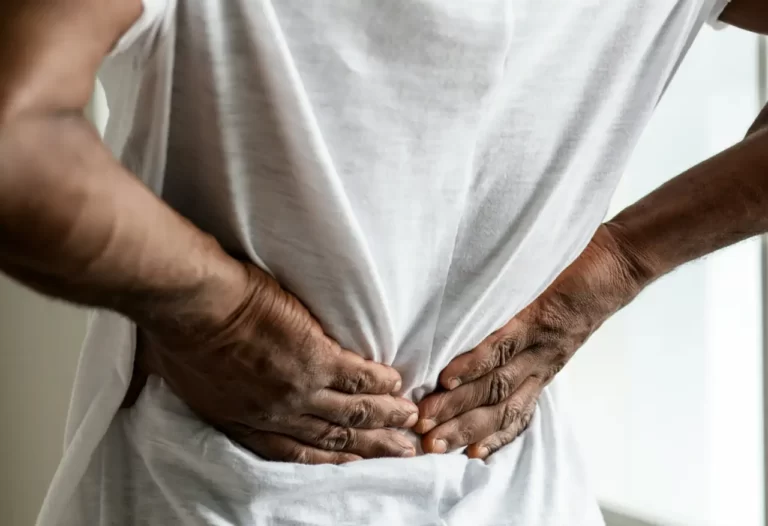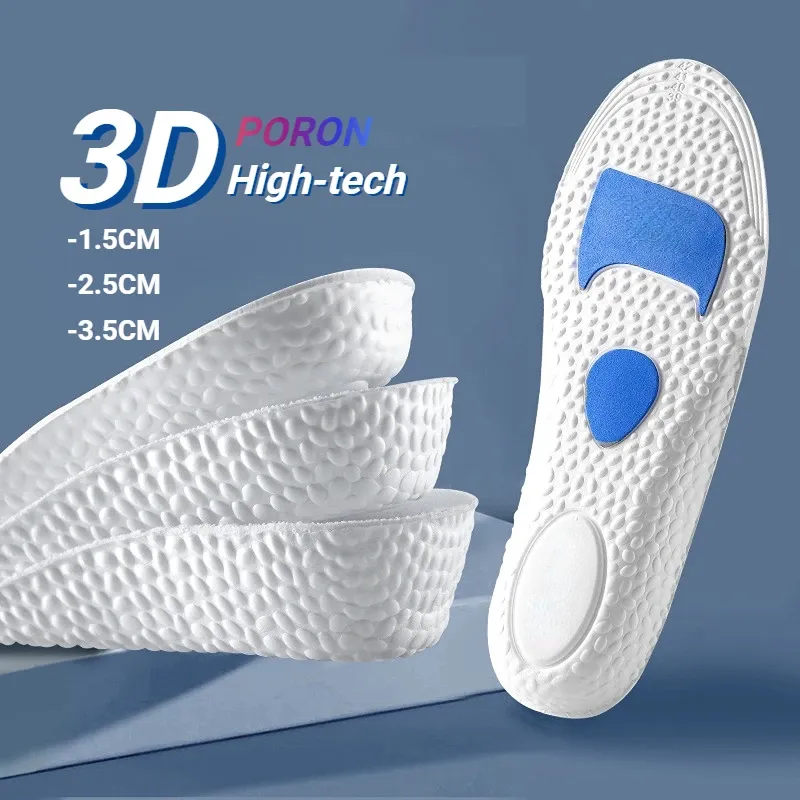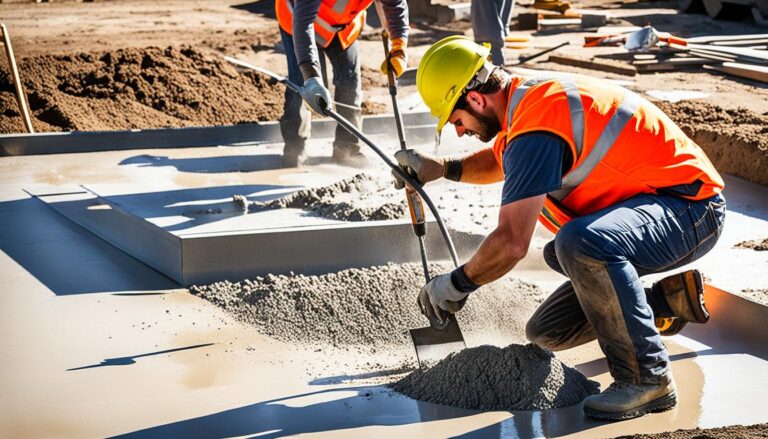Saddle Bone Deformity? No Problem! Discover the Best Insoles for Flat-Footed Runners
Introduction
Welcome to our full guide. It’s about finding the best insoles for flat-footed runners with saddle bone deformity.
Saddle bone deformity is also known as metatarsal exostosis. It is a condition where bony bumps develop on the top of the metatarsal bones.
This condition can cause pain and discomfort, particularly for runners with flat feet. In this article, we will explore how saddle bone deformity affects runners. We will also discuss the importance of insoles for providing support and relief.
We will highlight key factors to consider when choosing insoles. And, we will introduce top insoles for flat-footed runners with saddle bone deformity. We will also outline the benefits of using the right insoles. And, we will provide guidance on adding insoles to your running routine.
Lastly, we will offer extra tips for runners with saddle bone deformity. Let’s discover the best insoles that will help you overcome any challenges and enjoy your running experience.
Understanding Saddle Bone Deformity: Causes and Impact on Runners
Saddle bone deformity happens when abnormal bony growths form on the top of the metatarsal bones. This is usually due to repetitive stress or trauma. For runners, this condition can significantly impact performance and comfort. The bony bumps can cause pain, pressure, and irritation when running. So, it’s crucial to find the right supports and relief.
The Importance of Insoles for Flat-Footed Runners
Insoles play a vital role in providing support and cushioning for flat-footed runners. They help distribute weight evenly, absorb shock, and promote proper foot alignment. Runners with saddle bone deformity need insoles. Insoles are extra important for them. They add cushioning and shield the affected area from more irritation. The right insoles can enhance comfort, reduce pain, and optimize performance for flat-footed runners.
Factors to Consider When Choosing Insoles for Flat Feet Runners with Saddle Bone Deformity
When selecting insoles for flat-footed runners with saddle bone deformity, consider the following factors:
- Arch Support: Look for insoles with enough arch support. They help keep your feet aligned and reduce strain on the metatarsals.
- Cushioning: Opt for insoles with sufficient cushioning to absorb impact and minimize pressure on the bony protrusions.
- Shock Absorption: Choose insoles with good shock absorption. They minimize the jarring impact of running.
- Material Quality: Consider insoles made from durable and breathable materials. They ensure long-lasting comfort and prevent too much moisture buildup.
- Fit and Size: Ensure that the insoles fit properly in your running shoes and provide appropriate coverage and support for the entire foot.
Top Insoles for Flat-Footed Runners with Saddle Bone Deformity
Here are some top insoles that are highly recommended for flat-footed runners with saddle bone deformity:

- 1. Roamingfeet ComfortMax: ComfortMax insoles offer excellent arch support and cushioning, providing stability and comfort for flat feet. They help alleviate pressure on the metatarsal area and enhance overall foot alignment.
- 2. Powerstep Pinnacle Maxx:The insoles have dual-layer cushioning. They also have semi-rigid arch support. They provide top shock absorption and stability. They are for runners with flat feet and saddle bone deformity.
- 3. Spenco Total Support Max: These insoles feature a deep heel cup and arch support to alleviate discomfort caused by saddle bone deformity. They provide enhanced cushioning and stability for flat-footed runners.
- 4. Sole Active Thick: With customizable arch support and ample cushioning, these insoles offer targeted relief for runners with flat feet and metatarsal pain. They promote proper foot alignment and reduce pressure on the bony protrusions.
- 5. CurrexSole RunPro:
- These insoles provide dynamic arch support and cushioning specifically designed for runners. They offer the best shock absorption. They also ease discomfort from saddle bone deformity in flat-footed runners.
Benefits of Using the Right Insoles for Flat-Footed Runners
Using the right insoles can bring several benefits for flat-footed runners with saddle bone deformity:
- Pain Relief: Good insoles can reduce pain and discomfort from saddle bone deformity. They let you enjoy runs without hindrance.
- Enhanced Stability: Insoles provide stability and support. They help prevent too much foot movement and keep proper alignment while running.
- Improved Shock Absorption: Insoles absorb shocks well. They reduce the impact on the ball of the foot. This lessens discomfort and cuts the risk of more injury.
- Optimized Foot Alignment: The right insoles promote proper foot alignment. They reduce strain on the bony bumps and improve running efficiency.
- Enhanced Comfort: Insoles have cushioning and arch support. They offer more comfort, ensuring an enjoyable, pain-free run.
How to Incorporate Insoles into Your Running Routine
To effectively incorporate insoles into your running routine, follow these steps:
- Select the Right Insoles: Choose insoles specifically designed for flat feet and saddle bone deformity that align with your running needs.
- Remove Existing Insoles: Take out the existing insoles from your running shoes.
- Insert the New Insoles: Place the selected insoles into your shoes, ensuring they are positioned properly and provide sufficient arch support and cushioning.
- Test and Adjust: Go for a short run to test the comfort and support of the insoles. If needed, make any necessary adjustments to ensure optimal fit and performance.
- Gradual Transition: If you are new to using insoles, gradually increase your running duration and intensity to allow your feet to adjust to the new support and alignment provided by the insoles.
Additional Tips for Runners with Saddle Bone Deformity
Consider these additional tips to enhance your running experience with saddle bone deformity:
- Proper Warm-Up: Prior to running, engage in dynamic warm-up exercises to prepare your muscles and joints for the activity.
- Gradual Progression: Gradually increase your mileage and intensity to allow your feet and body to adapt to the demands of running.
- Listen to Your Body: Pay attention to any pain or discomfort during your runs. If you experience excessive pain, take a break and consult a healthcare professional.
- Proper Footwear: Wear running shoes
- that provide adequate support, cushioning, and room for the insoles. Choose shoes specifically designed for runners with flat feet and consider getting a professional fitting if needed.
- Cross-Training and Strength Training: Incorporate cross-training activities and strength training exercises into your routine to build overall strength, stability, and flexibility in your feet and lower limbs.
- Proper Recovery: Allow time for rest and recovery between runs to prevent overuse injuries and promote healing. Use techniques such as foam rolling, stretching, and icing to aid in recovery.
- Regular Foot Care: Maintain good foot hygiene, keep your feet clean and dry, and inspect them regularly for any signs of irritation or infection. Seek medical attention if you notice any concerning symptoms.
Conclusion
Finding the best insoles for flat-footed runners with saddle bone deformity is crucial for optimal comfort and performance. Choose insoles with enough arch support, cushioning, and shock absorption. They can ease pain and discomfort from saddle bone deformity, improve stability and foot alignment, and make running more enjoyable and pain-free.
Consider your feet’s needs. Try different insoles to find the best one. Add them to your running routine slowly. With proper warm-up, gradual progression, and foot care, the right insoles can greatly help your running comfort and performance.
So lace up your shoes, slip in those perfect insoles, and hit the road with confidence. Run pain-free and conquer any challenge that comes your way!
FAQs
Q1. Can insoles completely eliminate the pain caused by saddle bone deformity?
A1. Insoles can give great relief and support to runners with saddle bone deformity. But, they may not fully remove the pain. However, the right insoles can help alleviate discomfort, reduce pressure on the bony protrusions, and enhance overall running comfort.
Q2. How often should I replace my insoles?
A2. The lifespan of insoles can vary depending on factors such as usage, intensity of activity, and the quality of materials. On average, it is recommended to replace insoles every 6 to 12 months or when they show signs of wear and tear.
Q3. Can I use the same insoles for different pairs of running shoes?
A3. Yes, you can use the same insoles for different pairs of running shoes as long as they fit properly and provide the desired support and comfort. However, it’s essential to ensure that the insoles are compatible with the shoe type and size.
Q4. Can insoles help prevent other foot-related injuries in runners?
A4. Yes, insoles for flat feet can give support and stability. They cut the risk of foot injuries like plantar fasciitis, shin splints, and Achilles tendonitis. They help promote proper foot alignment and cushion the impact during running.
Q5. Should I consult a healthcare professional before using insoles for saddle bone deformity?
A5. Insoles can help saddle bone deformity. But, it’s best to ask a healthcare professional. This could be a podiatrist or orthopedic specialist. They can give you a proper diagnosis and personalized advice. They can help you choose the right insoles and manage your condition.
Discover the best insoles for flat-footed runners. They have a saddle bone deformity. Embrace pain-free and enjoyable running. With the right support and cushioning, you can overcome any challenges and achieve your running goals with comfort and confidence.


